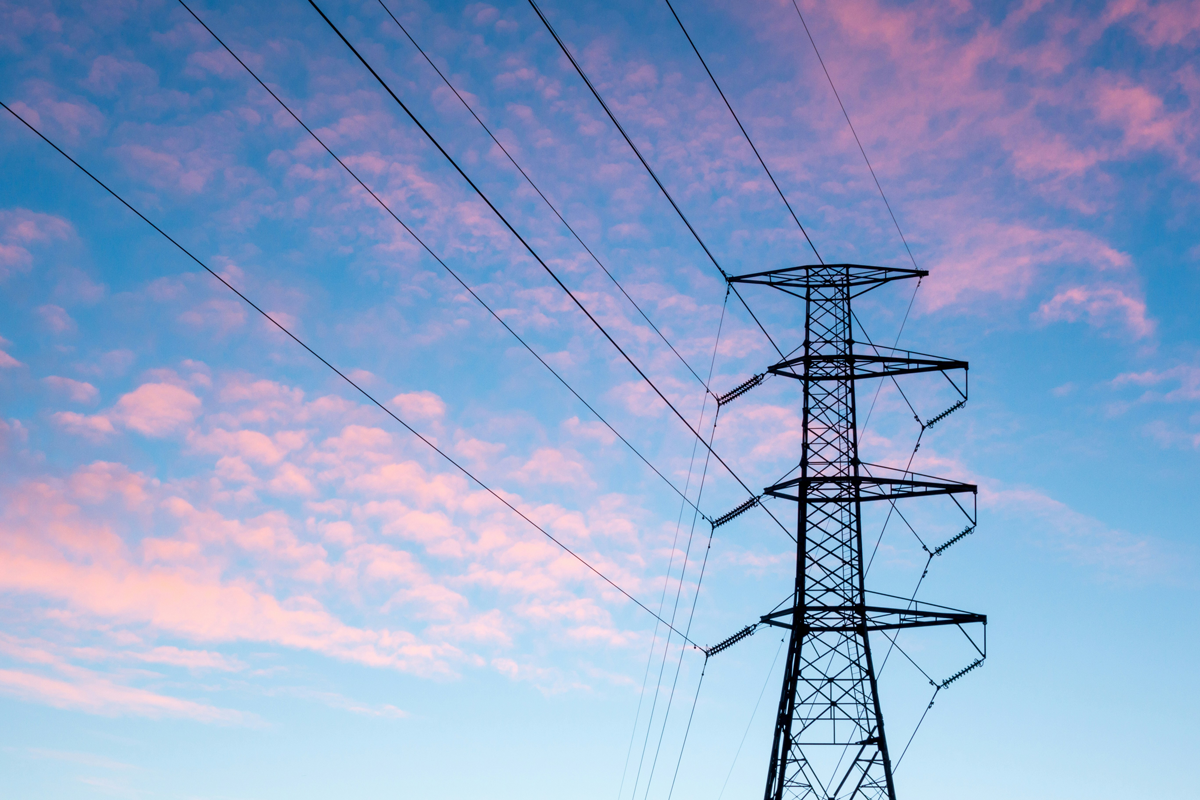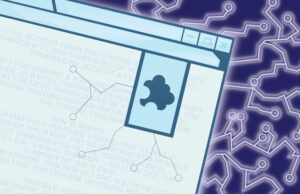Usually, science that goes “viral” is of a particular brand. Astronomy, for example, is popular with the general public. But this past summer, LK-99–a seemingly niche but incredibly important discovery in physics and materials science–caused a massive wave of excitement and swept the internet. In July 2023, a research team from South Korea claimed they had discovered the world’s first room-temperature, ambient pressure superconductor.
To most, the implications of this discovery aren’t obvious. But in a field that rarely sees public curiosity like this, the response was immense. This thread, for instance, details the potential of a room-temperature superconductor and has received more than 132,000 likes. The result was a massive global effort to understand, replicate, and disseminate, and ultimately prove or disprove the team’s results. To understand the frenzy behind the mysterious-sounding LK-99 superconductor, we have to start with what we do already know.
How superconductors work
Generally speaking, a conductor is any material that allows for electricity or electric current to flow through it. That is, electrons will physically move along the wire. In most materials, moving electrons encounter some amount of resistance due to the material’s microscopic structure. But in superconductors, they don’t.
This means that superconductors can conduct electricity without producing any heat as ‘waste’, because there is no resistance or friction for the electrons. They’re capable of carrying large quantities of electric current much more efficiently than normal wires.
On top of this, they have incredibly interesting magnetic properties. Superconductors are strongly diamagnetic, which means they are repelled by magnetic fields. If you put a magnet above a superconductor, given the right conditions, it will levitate! Thanks to the laws of electromagnetism, carrying so much electricity means they subsequently produce very strong magnetic fields.
Superconductors right now
Though they may sound a little fantastical, superconductors are already fairly common. In medicine, MRI (magnetic resonance imaging) machines use magnetic fields to create images of the body’s soft tissues, like the brain. Most MRI machines use superconductors, thanks to their strong magnetic fields.
Ever heard of maglev (magnetic levitation) trains? This high-speed transit method uses magnetic fields to suspend the train above the tracks. As of today, there are working maglev trains in China, Japan, and South Korea, all of which use superconductors to drive magnetic fields.
But this only begs more questions: if superconductors have such useful properties, why aren’t they everywhere? Why did the ‘room-temperature superconductor’ cause such waves, and why does it matter that it’s at room temperature? Why are MRIs still so expensive and high-speed maglev transit systems still so rare?
LK-99’s claim to fame
Superconductive materials don’t always have zero resistance to electrical current–they only do so below a certain temperature, known as the critical temperature. Even though the superconductors used in MRIs are so strong, they aren’t yet fully cost-effective because they need to include a cooling system. MRI superconductors often use liquid helium to operate at a chilly -269°C. We’ve yet to discover a material that has these properties at everyday temperatures above 0°C–a discovery that would truly revolutionize physics and engineering as we know it.
So naturally, when a research team in South Korea published a study in July 2023 claiming to have created the world’s first room-temperature superconductor, it was immediately surrounded by a healthy dose of scientific skepticism. For good reason, too. Earlier in 2023, a professor at the University of Rochester who had two previous scientific papers retracted due to allegations of falsified data also published room-temperature superconductor findings, and even those findings were retracted.
In the South Korean team’s case, they described a compound they created called LK-99. Along with a couple of other superconductor-like properties, they found that the solid levitated above a magnet. Two papers on these findings were published on the same day on the well-known research-sharing platform arXiv. Although this particular collection of scientific papers has an initial moderation process, it does not peer-review articles before they’re posted.
A group of three authors posted the first article, and the second was posted by five (including two authors also listed in the first paper). But on the latter, primary author Kim Hyun-Tak claimed a few days later that the first article had mistakes and was submitted without his permission. The unusual claims and events following publication, along with the scientific findings themselves, immediately set the academic community to work trying to verify the discovery.
The aftermath
For a scientific study to be accepted, by definition, it has to be reproducible. When the claim at hand could be one of the most impactful scientific advancements of the century, it’s open to even more scrutiny than usual. Scientists all over the world rushed to synthesize LK-99 on their own and perform the same experiments.
Unfortunately, it didn’t take very long to spot mistakes and see some conflicting results. For one, other researchers expected the results to report a sharp drop in resistance at the critical temperature–a property that’s specific to superconductors. Graphs in the original papers didn’t align with this result.
Researchers also took a closer look at the viral video from the original research team showing a sample of LK-99 levitating above a magnet. Despite magnetic levitation being a property of superconductors, they realized it wasn’t levitating in the same way as other well-known superconducting materials. Instead, it looked more like two magnets simply repelling each other.
Initial results still weren’t conclusive because LK-99 synthesis is a difficult process, and research groups were having trouble creating pure samples. However, in mid-August, a group in Germany was finally able to synthesize a completely pure sample of LK-99 without any extra compounds to change its properties. Their tests showed the complete opposite: pure LK-99 was an insulator, a material that can’t easily conduct electricity. It wasn’t even conductive, let alone superconductive.
The implications
The excitement may have since died down, but if LK-99 really was confirmed to be a superconductor, the real-world implications would have been enormous. Room-temperature superconductors could make high-speed maglev trains commonplace, enable MRI machines to be portable, and theoretically, even power perfectly efficient electrical grids.
Though it seems anticlimactic, scientists are by no means unfamiliar with disproven theories. There’s still a lot to learn from LK-99. For one, the response from other scientists and subsequent efforts to try and confirm the findings were unusually quick. A lot of work was put into the scientific process, and that can only help other discoveries that come down the line. Especially if it’s another potential room-temperature superconductor.
Check out:
AI Extensions: Convenience, Caution, and Consideration
The ‘New Normal’: Climate Change and Its Link to Canada’s Worst Wildfire Season











Be First to Comment